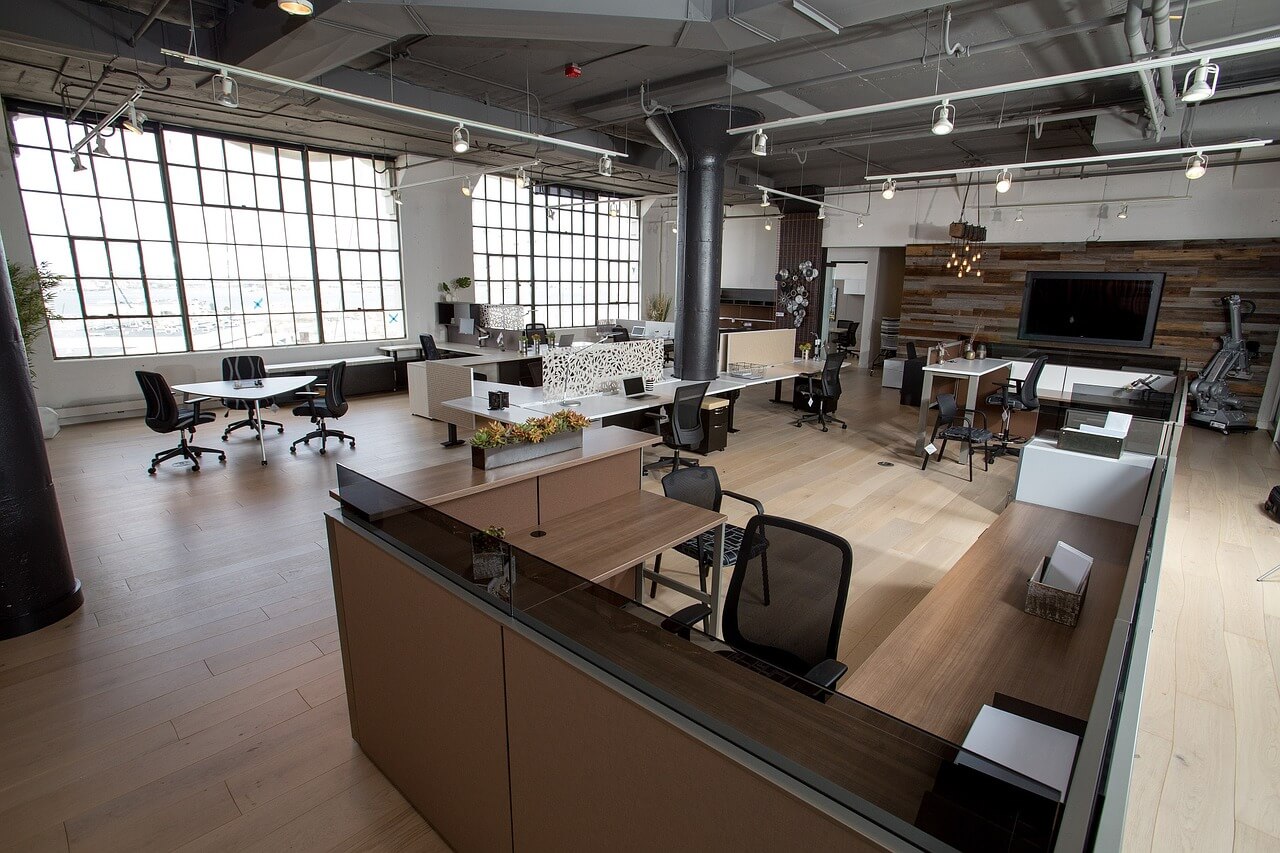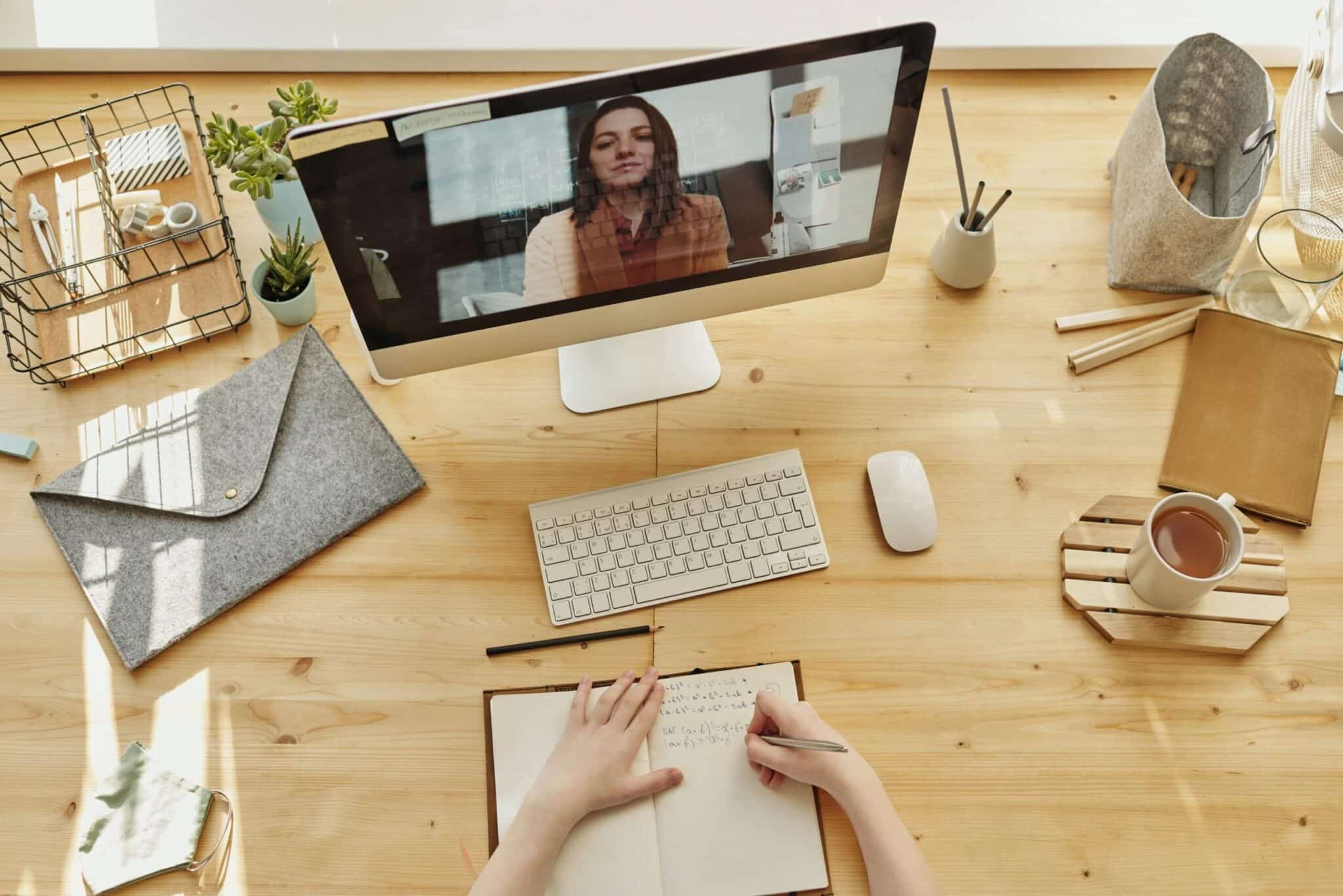COVID-19: Things to consider when transitioning back into the office

Melissa Marsh, Founder and Executive Director at PLASTARC, shares her thoughts on what a potential return to work during the COVID-19 pandemic might look like.
Times are certainly changing quickly, aren’t they? It seems so long ago now that office spaces were bustling with large meetings and watercooler chats. The COVID-19 pandemic has changed the way we work for the foreseeable future—perhaps forever.
In the meantime we need to adjust to the new office normal. What that will actually look like is still anyone’s best guess, but we caught up with Melissa Marsh, Founder and Executive Director at PLASTARC, to get her insights on the matter.
What are your initial thoughts and concerns about returning people to the office in the near future while COVID-19 remains prevalent?
Marsh: One of the big concerns I have is that there might be a fear of density going forward. We were at a point where we were looking at density as a positive, meaning things like urban living and public transportation were seen as good. Density within the office is part of that. We can’t have cities where giant 400 square-foot individual offices are taking up all of the buildings that could also be used in a live-work or residential context.
My second concern is a failure to learn from this incredible opportunity of forced remote working for knowledge workers. As recently as January, we were looking around and thinking “we’re not at the future of work.” Back in the ‘90s, when we were predicting what 2020 might look like, it didn’t look like this. We hadn’t achieved the future. The things we expected or hoped would happen hadn’t happened.
Fast forward a few months later to April and we’re now living a possible future of work. We’re living a future of work that is autonomous and tech-enabled. Yes, there are some major problems with it that we’re sorting through, but the upshot is that so much can be delivered virtually in terms of giving people more spatial and geographic flexibility.

Some organizations see desk booking and hot desking as viable options to ensure physical distancing for employees returning to the office, while others see it as quite the opposite. What are your thoughts on desk booking and hot desking as ways of ensuring physical distancing?
Marsh: Many organizations are focused on a return to work and I think there are three major things that they need to consider:
- Maximizing the employee experience,
- How to get back to the physical environment, and
- Optimizing for long-term adoption of working remotely or learning from it in some way.
Overall, many of the things that we would’ve recommended to our clients before the COVID-19 pandemic are still things we’d recommend now, but with an additional set of reasons. That would be true of almost any aspect of technology in an office space. If you were on the path adopting technology before this, you’ll be in a much better position as it relates to adopting touchless systems and having less physical contact. You probably have better instruments for traceability and getting in touch with people if there are cases in your building, for example.
I don’t think we have to use desk booking and hot desking to come back to the office per se, but we need those things to come back in the ways that will be most valuable.
Imagine you have a 12-person team and you can bring back six people to the office. If you need all 12 to communicate and work together effectively, you need to bring back 12 people using 24 desks as opposed to six people in 12 desks in order to accommodate that six-foot radius. Whether this is done with desk booking or assigned seating depends on what tools you have at your disposal. A tool like desk booking adds flexibility to your workplace—whether that’s giving you the opportunity to get more people in your workplace or giving you the flexibility to get less people into your workplace.

On the PLASTARC website, there is some great information on Activity Based Working and how it can support the employees’ mental health, physical health, and social health. Are there any strategies you feel workplace leaders can implement for this return to work that would still support these three types of health?
Marsh: I think it’s about movement, movement, and movement. There’s profound evidence that shows our bodies and brains work differently when they’re in motion. One of the biggest problems with the contemporary office environment, that contributes to all of that terrible data we see, is connected to its sedentary nature.
People need to be physically active. The native position of humans isn’t sitting or standing—it’s walking. As a result, social health, mental health, and physical health are similarly connected and also addressable by similar behaviors such as movement. Physical movement is a stress release. If you can be in an argument walking around or pacing, you’re addressing the physical and mental well-being pieces. The social component is one of the reasons for the why of our office buildings.
We’ve designed office work after factory and manufacturing work instead of a new model. This is what I mean when I say we’re closer to that workplace 2020 today than we were in January. How we assemble physically to accomplish the needs of contemporary knowledge work is desperate for a rethink and this pandemic is forcing that rethink.

Many organizations are talking about a phased approach to returning people to the office, such as three days from home and two at the office. How do you think shifting employees back and forth between these two work environments could play out?
Marsh: I think it’s pretty obvious that this would de-densify offices in the short term without profound redesign costs, which aren’t an option for most organizations right now.
We should also be going back to the office in waves, starting at around 20-30 percent, then up to 50 percent, and maybe going all the way back up to 70 percent. We also have to keep in mind that many organizations didn’t see the full 100 percent of their workplace population at the office before COVID-19 anyways. Most buildings were only 50-70 percent occupied. Moving to about half of that is more of what I think we’re going to see once we start re-opening offices.
Some time spent at the office and some time spent at home is going to be the logical way to reach that occupancy from a tactical perspective.

What ideas have you seen that our audience might find useful to take into consideration when planning to return people to the office during this time?
Marsh: I went to my kids’ school for the last lecture that was open to the public, about two weeks before all schools closed, and had to use the ladies’ room. As I was there, I thought to myself “I don’t think I touched anything on the way here.” The school had just simply propped open every door. That comes at zero cost except for thoughtfulness.
I’m not saying that’s a strategy because you might not want to keep doors open in all areas of your office. That said, I think there’s a lesson in that. Not everything has to be a high cost and the answer might be more user-friendliness or thoughtfulness in some cases.
Also, as we’re entering this time of the potential of virtual being on par with physical, we need to avoid language that makes virtual sound inherently less desirable. I was working with a client who kept referring to the office as the default. If we instead refer to the work or the people as the default, then we can highlight both the virtual and physical workplaces without diminishing the value of either.
What do you think the new office normal will look like in the COVID-19 era?
Join the conversation: comment below or send us a tweet.
Photos: Melissa Marsh, Retha Ferguson, CecilKing, Johannes Rapprich, Julia M Cameron




